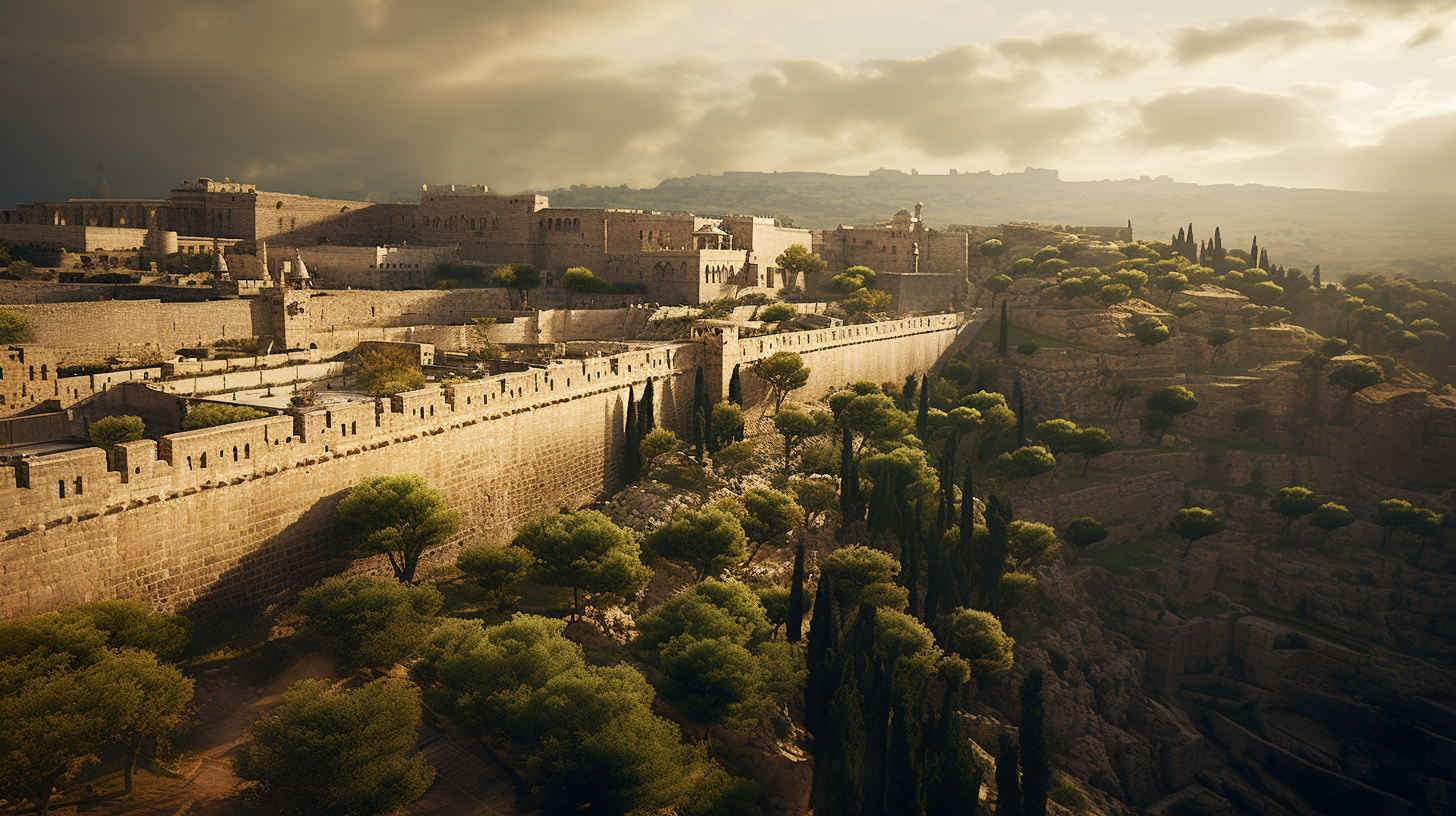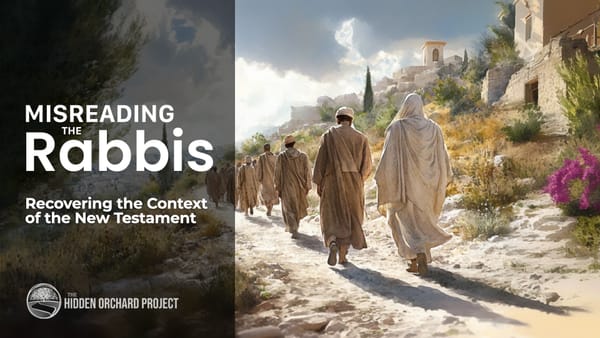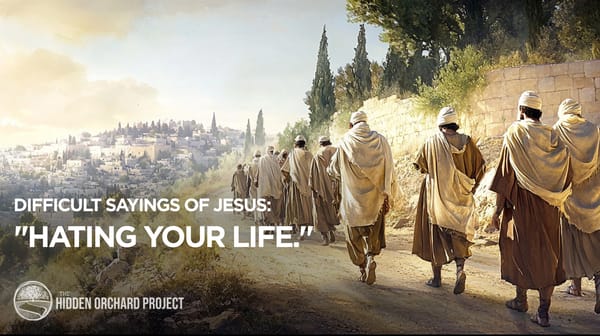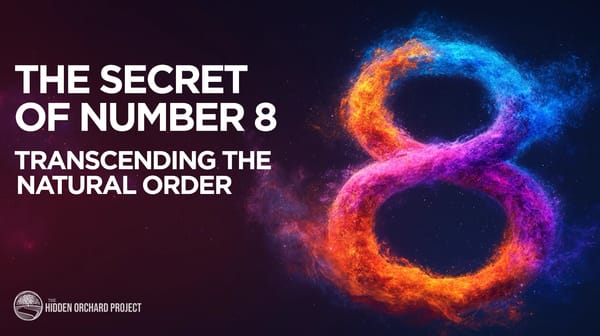Mysticism in the New Testament - A Conversation w/Daniel Matt
One of my favorite scholars leading the charge in the study of Jewish Mysticism is Professor Daniel Matt. Recently, Professor Matt took some time to answer a few of my questions about the connections between the Kabbalah and the New Testament.
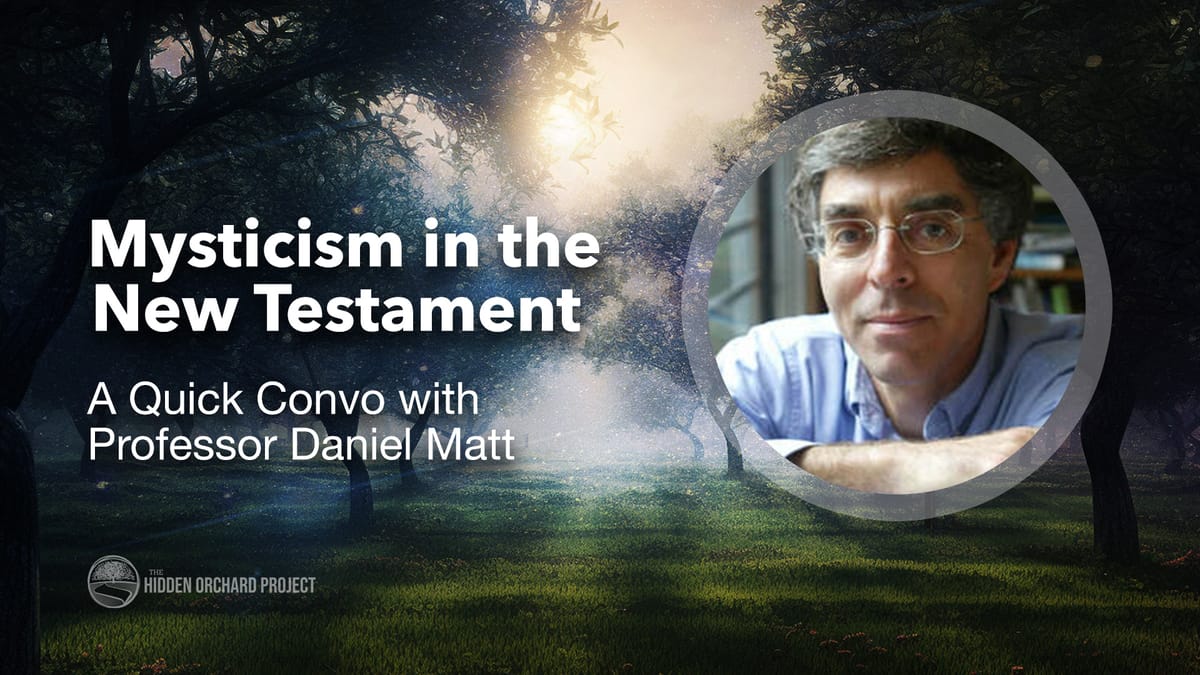
It has been my opinion that New Testament scholarship will inevitably enter a new era where the focus will shift to the mystical content in the teachings of Jesus, and its implications on how we read the texts. The shift in perspective will be widespread, challenging and reframing many long-upheld traditions and beliefs.
One of my favorite scholars leading the charge in this space is Professor Daniel Matt.
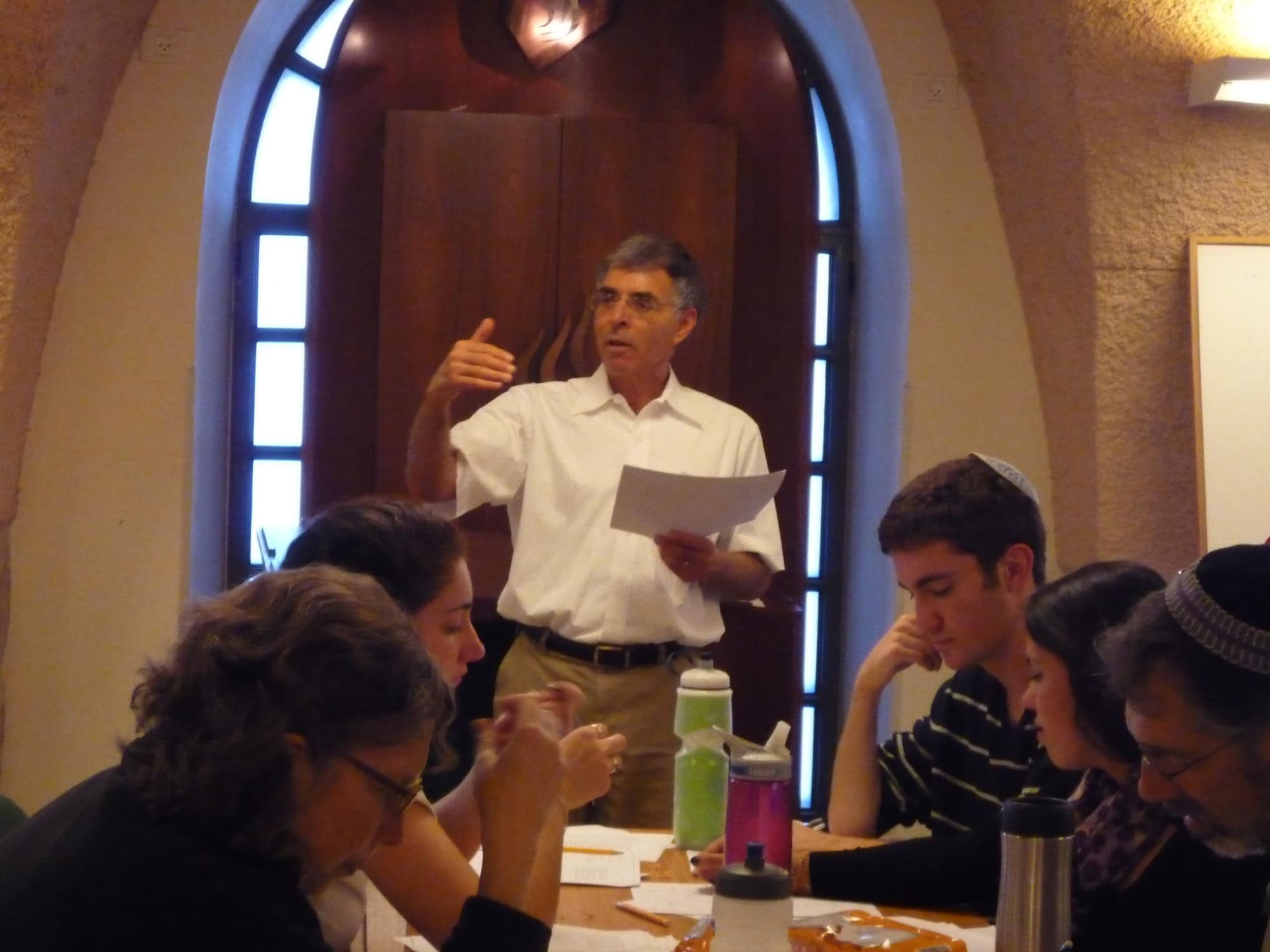
Professor Daniel Matt
With an illustrious career spanning decades, Matt has meticulously translated and annotated the key text of Jewish mysticism, the Zohar (The Pritzker Edition).
His footnotes are invaluable and shed an important light on its profound spiritual insights, which may otherwise be completely occluded from many readers.
Another feature throughout this work, Prof. Matt has boldly pointed to connections between the Zohar and the New Testament.
His meticulous scholarship, combined with a keen sensitivity to the mystical dimensions of Judaism, has not only enriched academic discourse but also facilitated a broader understanding of Kabbalah's significance within Jewish tradition and beyond.
Recently, Professor Matt took some time to answer a few of my questions on these topics.
Q:
What are your thoughts on the idea that the New Testament contains a significant amount of Jewish mysticism?
Prof. Matt:
"Whoever else Jesus was, he was certainly a Jewish mystic, so it is not surprising that the masterpiece of Kabbalah includes parallels with various passages in the New Testament.
In a certain sense, Kabbalah partly reflects what Jesus would have taught in the Middle Ages, since both he and Kabbalah were committed to a mystical understanding of Jewish practice and tradition."
Q:
What are some of your favorite examples of this shared tradition as found in the Gospels?
Prof. Matt:
"Here are a few parallels:
Malchut
The Kingdom is Malkhut in Hebrew. This, of course, is one of the central elements of Jesus’ teaching and is a central concept in Kabbalah, where it is identified with Shekhinah, the Divine Presence.
The Talmud states:
“All the prophets gazed through an opaque glass, whereas Moses our teacher gazed through a translucent glass.” - Yevamot 49b
The Zohar employs this image frequently.
Cf. 1 Corinthians 13:12: “For now we see through a glass darkly, but then face-to-face.”
Shekinah
Shekhinah is symbolized by the Hebrew word את (et), which is composed of the letters א (aleph) and ת (tav), the first and last letters of the Hebrew alphabet. She represents the totality of Divine speech. (Cf. Revelation 1:8: “I am alpha and omega.”)
It’s possible that Jesus may have actually said, “I am aleph and tav.”
The Talmud and the Zohar speak about the heavenly Jerusalem and the earthly Jerusalem. (Cf. Revelation 21:2)."
Q:
A common question some ask is where to begin learning more about these ideas. Do you have any recommendations for people to begin learning and studying these concepts?
Prof. Matt:
"In general, I recommend: The Jewish Annotated New Testament¹, edited by Amy-Jill Levine and Marc Zvi Brettler.
Older but also good: A Rabbinic Commentary on the New Testament², Samuel Tobias Lachs
On the theme of the Son of God, see Moshe Idel, "Ben: Sonship and Jewish Mysticism"³, though some of this is pretty technical.
Also, the figure of Elijah is important in Judaism and Jewish mysticism, and he also appears prominently in the NT. I discuss this in my book "Becoming Elijah: Prophet of Transformation."⁴"
Q:
What is the best place for people to find you and your projects?
Prof. Matt:
"My website is danielcmatt.com There, you can find Free Videos and Podcasts, especially Gems of Zohar, and the recent podcast on the Zohar. Also, you can explore Elijah there. Also, click on Zohar Courses, where there are sample videos."
Looking For More?
Check out the category for Mysticism in the New Testament.
Notes:
¹ Jewish Annotated New Testament
² A Rabbinic Commentary on the New Testament

